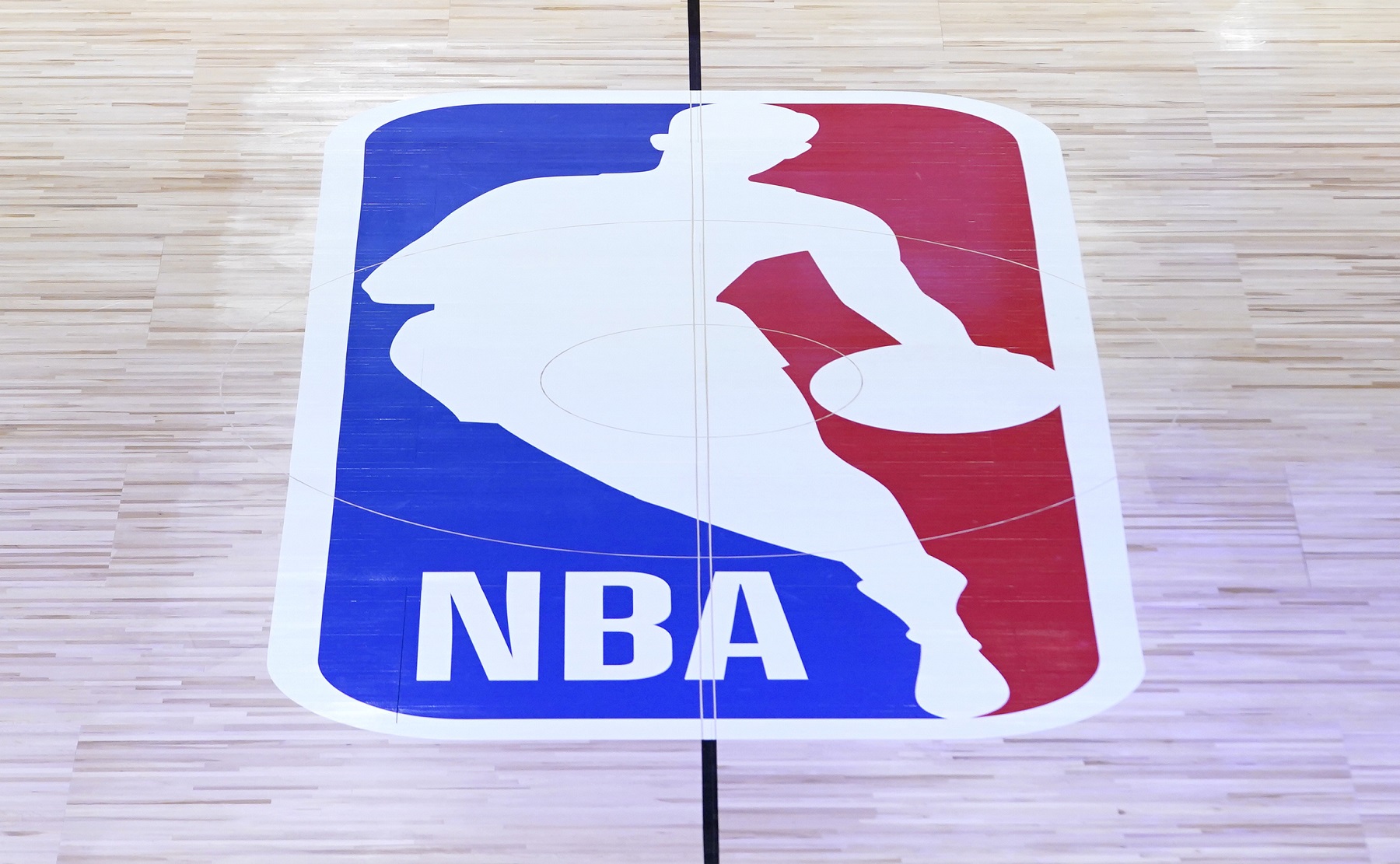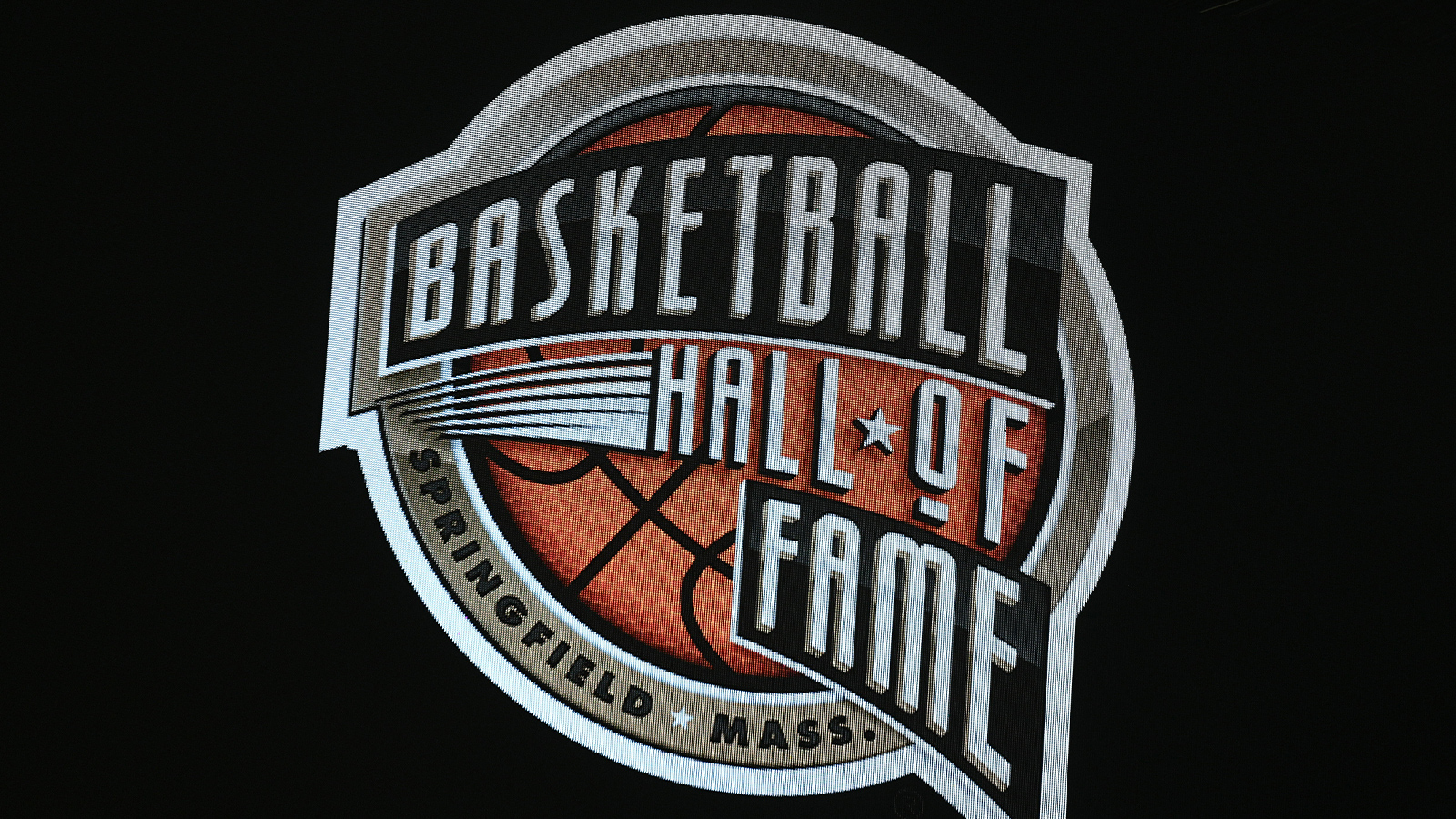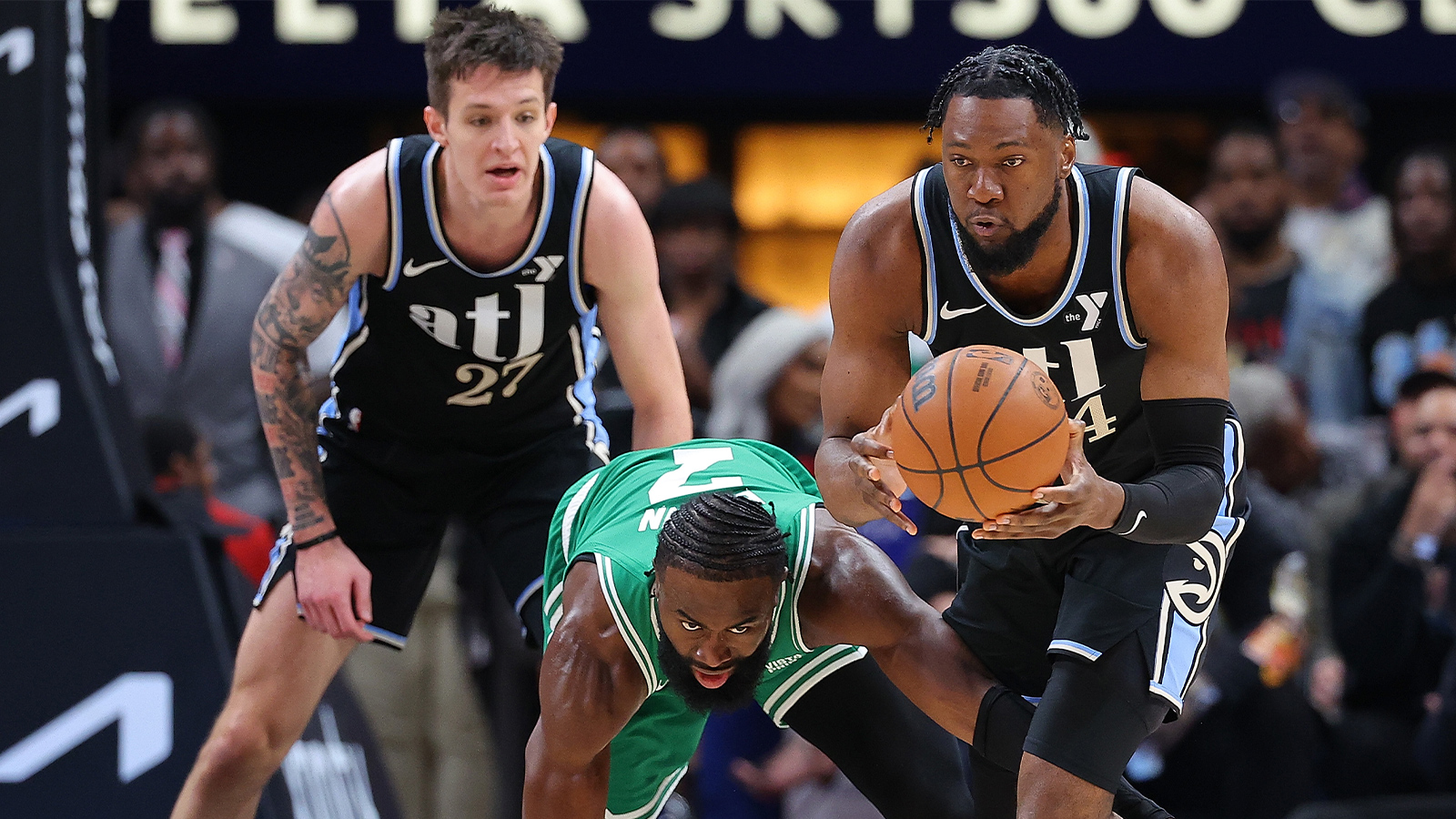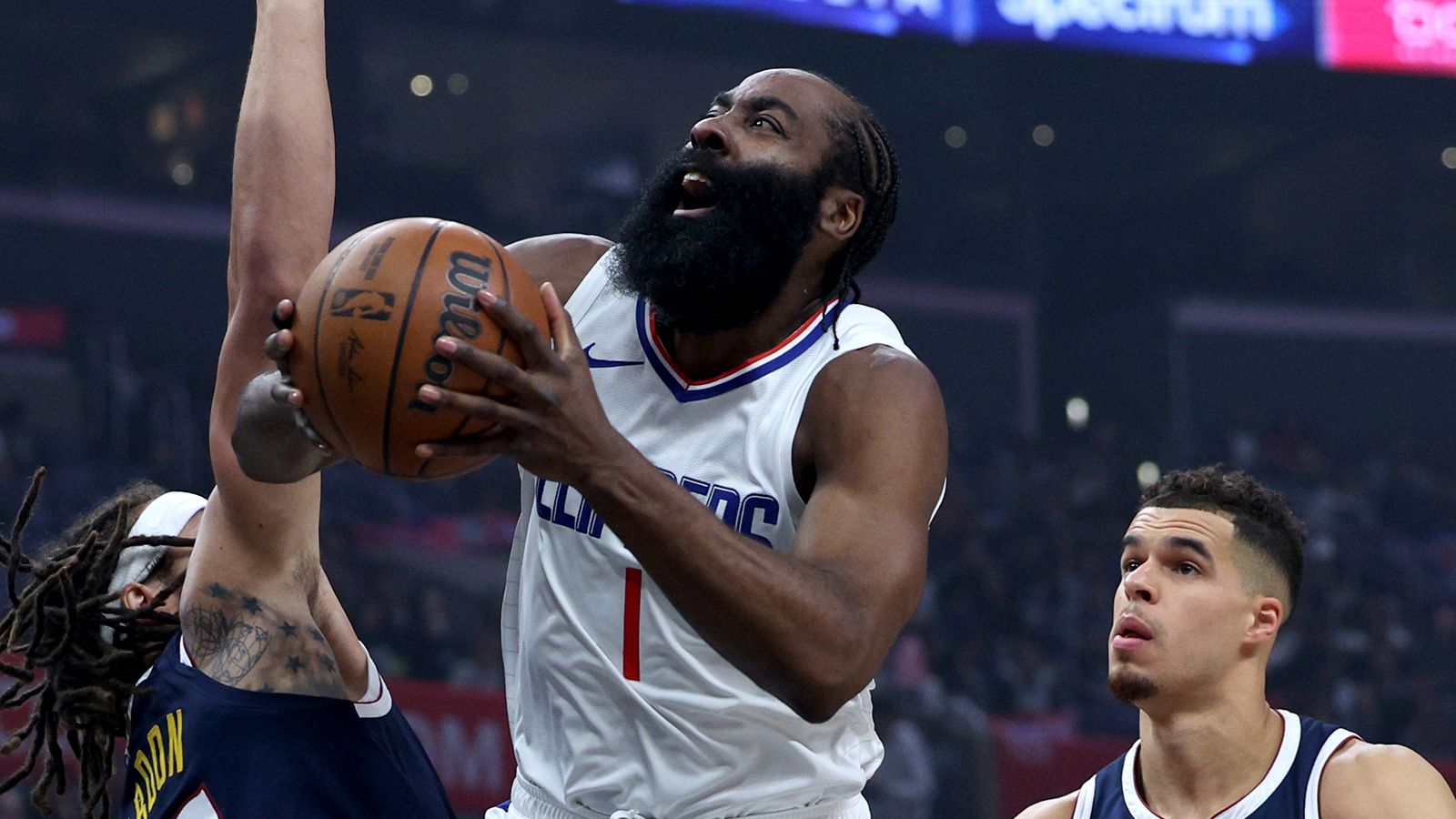
Adam Silver Should Forget NBA Expansion for the Moment and Take a Cue From a Winter Sports Rival
Adam Silver thinks big, which is what owners in the NBA pay him to do. And with the 30 teams estimated to have missed out on more than $1.5 billion last season because of the pandemic, Silver is aiming for a big score that everyone from the defending-champion Los Angeles Lakers to the lowly Detroit Pistons can take to the bank.
What the commissioner is planning could come to fruition in a year or two and solve a lot of financial concerns by means of NBA expansion. What he should be doing in the interim is chasing the same easy money that the NHL just scored.
The NBA is moving toward expansion
LeBron James and Zion Williamson may be back in NBA arenas, but the crowds are not. Only seven teams are allowing any fans at all in the early stages of the season, and none are letting more than 4,500 attend. That means teams are taking a hit on top of the eight to 10 regular-season home dates that most lost after the league suspended last season in mid-March. Lucrative playoff games also shifted to the bubble at Disney World in Orlando.
The NBA has not expanded since the Charlotte Bobcats (now the Hornets) came into the league in 2004, making it the longest stretch of status quo in history. Despite that, expansion was a back-burner topic until the COVID-19 pandemic. Commissioner Adam Silver recently confirmed that the NBA is studying adding a team, and the scuttlebutt since has been that the league would like to add two teams.
According to ESPN, the NBA expansion fee being floated is $2.5 billion apiece for two new teams, which would exceed the amount ever paid for the sale of any existing franchise. Making the $2.5 billion figure more startling is that there are already two franchises apiece in New York and Los Angeles, and most other major cities have a team. Las Vegas and Seattle are most frequently mentioned as candidates because of potential business support, but the leap from Charlotte’s $300 million entry fee to $2.5 billion is enormous.
NBA expansion has its drawbacks
The more realistic NBA expansion fee is closer to $2 billion, which would still net each of the existing franchises a little more than $130 million that could conceivably land in their bank accounts in 18 to 24 months even if the new teams don’t start playing before 2024.
However, there are drawbacks that should make the current owners wary.
First, the up-front money from expansion sounds great. But they would be sharing their national television and sponsorship revenue 32 ways instead of 30 going forward.
Second, the collective bargaining agreement does not provide for the players to reap any of the expansion money, which could become a sticking point in the next round of negotiations between the players and owners.
Third, there typically are three to five teams per season that are nearly completely non-competitive. Expanding will make that worse for several seasons unless the incoming owners are given a slew of high draft choices. But that would come at the expense of other teams.
Even with more than 300 colleges playing Division I basketball and the continued influx of European talent, the player pipeline is not strong. Of the 30 players selected in the first round of the 2015 NBA draft, 13 began this season on the injured list or out of the league completely. Half those picked in the second round never played a minute in the league.
Six first-rounders from 2018 began the current season out of the league.
The NHL has found an innovative revenue stream
International soccer and basketball teams have plastered sponsors’ names and logos on players’ jerseys for years. Juventus just signed a three-year, $165 million extension with Jeep. But the major North American leagues have taken a more conservative approach, mostly restricting such tie-ins to warm-up jerseys and small patches on uniforms.
The NHL has been hit harder than the NBA by restrictions keeping fans out of arenas because its television contracts are significantly smaller. The NHL doesn’t have the attractive markets to tap to follow the NBA expansion strategy, but it does have other options.
To soften the financial blow, the NHL has started allowing teams to sell advertising on helmets. As of this week, 13 teams have announced sponsorships.
Now, the NHL has sold naming rights to the four divisions it will use in a reconfiguration meant to reduce travel in the upcoming 56-game season. The league announced that teams will play in the Scotia NHL North Division, Discover NHL Central Division, MassMutual NHL East Division, and Honda NHL West Division.
The money likely isn’t huge, but it’s a revenue stream that didn’t previously exist. Although a league source told ESPN that the innovation is considered a one-time-only strategy, it’s easy to picture it continuing in subsequent seasons.
Given the popularity of the NBA domestically and internationally, why isn’t the NBA pursuing the likes of Microsoft, Amazon, and McDonald’s in similar deals?
Like Sportscasting on Facebook. Follow us on Twitter @sportscasting19



